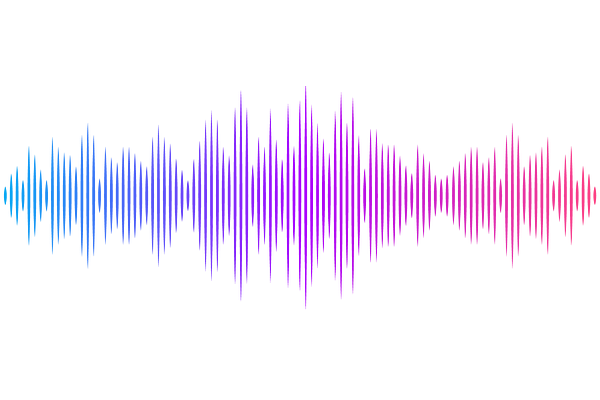FBL as a carrier mediate H2Aub degradation in the lysosome-like structures

FBL as a carrier mediate H2Aub degradation in the lysosome-like structures
Jin, J.; Lou, H.; Chen, X.; Ma, S.; Li, Y.; Zhang, J.; Yang, L.
AbstractUnder glucose starvation, mammalian cells form lysosome-like structures within the nucleoli to mediate the metabolic shift of carbon sources from glucose to amino acids generated through H2Aub degradation for energy supply, but the mechanism by which lysosome-like structures mediate the degradation of monoubiquitinated histones during glucose starvation remains unclear. Through screening, we discovered that the fibrillarin (FBL) protein in the nucleolus acts as a carrier for mono-ubquitinated histone H2A (H2Aub), regulating the balance between BMI1-mediated mono-ubiquitination of H2A and USP36-mediated deubiquitination of H2Aub. Under glucose starvation, FBL undergoes aggregation, leading to a significant reduction in its interaction with BMI1, accompanied by markedly decreased binding to histone H2A and H2Aub. Concurrently, Midnolin, which serves as a receptor for monoubiquitinated histones, exhibits increased interaction with FBL during glucose starvation. USP36, FBL, Midnolin, and BMI1 collectively form a complex responsible for degrading monoubiquitinated histones. Furthermore, knockdown of FBL, BMI1, or USP36 resulted in cell cycle arrest at S phase and severely compromised cell viability. In summary, we identified a lysosome-like structure in the nucleolus that mediates the degradation of H2Aub. This structure plays a critical role in regulating cell cycle progression and survival, and may offer novel potential therapeutic targets for cancer.